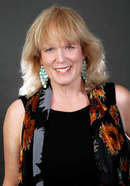 Chances are you’ve seen this photograph before—maybe on a T-shirt, on a billboard, or in a TV ad. The “Blue Marble Shot” has been reprinted more than any other photograph in history. It was taken on December 7, 1972, by one of the three Apollo 17 astronauts on their way to the Moon. But no one knows which astronaut took the picture because all three claimed to have been the photographer. During the few minutes Apollo 17 flew across the place in space located directly between the Sun and Earth (which was 28,000 miles away), no one should have been looking out of the window as they all had important tasks to do. But, obviously, someone, and perhaps everyone, was looking out. One of them grabbed a camera and clicked the shutter four times. After Apollo 17 returned to Earth, the picture was published on the front page of newspapers all over the world. For the first time ever, people saw the full planet Earth completely flooded in sunshine. Heavy clouds swirled over vast oceans. The African coastline was clearly visible, with its northeastern edge fitting like a puzzle piece with the Arabian Peninsula. Madagascar, the fourth largest island on Earth, was slightly off center, looking like a slipper floating in the middle of the Indian Ocean. And because the photo was taken just two weeks before the winter solstice, Earth’s southern hemisphere was tilted toward the sun, revealing Antarctica. For the first time ever, the south polar ice caps appeared in a photo. The mystery of who took the picture has never been solved. The commander of the mission, Eugene Cernan, who was the last man to walk on the moon, says he snapped the picture. But would the commander have had the time to take the photo at that critical point of the flight? Harrison “Jack” Schmitt, the first geologist sent to the moon, also swears that he took the picture. Perhaps that makes sense because he was responsible for making scientific observations. Ron Evans, who died in 1990, also claimed that he took the picture. No one will ever know for sure who took the Blue Marble Shot. But the words of Commander Eugene Cernan describe what he saw out of his spaceship window “…you can look out the window and you're looking at the most beautiful star in the heavens— the most beautiful because it's the one we understand and we know, it's home, it's people, family, love, life —and besides that, it is beautiful. ” 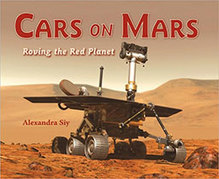 In Alex's book Cars on Mars you can follow the course of NASA’s Mars Exploration Rover (MER) mission as twin rovers Spirit and Opportunity explore the Red Planet. Learn how scientists determined that there was once water on Mars and how the earthbound NASA team resolved problems with the rovers from afar in order to prolong the mission, which continues today. For more information, click here. Alex is a member of iNK's Authors on Call and is available for classroom programs through Field Trip Zoom, a terrific technology that requires only a computer, wifi, and a webcam. Click here to find out more. MLA 8 CItation
Siy, Alexandra. "Mystery of the Blue Marble." Nonfiction Minute, iNK Think Tank, 30 Nov. 2017, www.nonfictionminute.org/ Mystery-of-the-Blue-Marble.
2 Comments
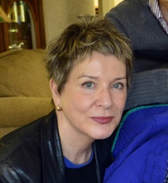 You're too young to remember Laika, a stray dog from the Moscow streets, who became famous for becoming the first animal to orbit the earth. That was way back in 1957, when space exploration was taking off, and Russia was ahead of the game. Laika wasn’t the first animal to fly—when the first free-flying hot-air balloon ever to carry living creatures was launched at Louis XVI’s magnificent chateau in Versailles in 1783, its passengers were a sheep, a duck, and a rooster. Some 130,000 people watched as the multicolored balloon filled with hot air, stirred and rose, carrying a basket with the animals. The king was there, watching through field glasses. When the balloon came down a couple of miles away, he turned to one of its inventors, Etienne Montgolfier, and said, ”Magnifique! But now we must find out if the animals survived.” They had. And proved to be in excellent condition. In a letter to his wife that evening, a triumphant Etienne playfully quoted the three as saying, “We feel fine. We’ve landed safely despite the wind. It’s given us an appetite.” “That is all we could gather from the talk of the three animals,” Etienne continued, “seeing that we had neglected to teach them French, one could say only “Quack, Quack’; the other, ‘Cocka-a-doodle-do’; and the third, no doubt a member of the Lamb family, replied only ‘Baa’ to all our questions.” Earlier, when the choice of animals was discussed, Joseph-Michel, his brother and co-inventor, had wanted a cow, as “that would create an extraordinary effect, far greater than that of a panicky sheep.” A year before the brothers had experimented with a balloon made of fabric layered with paper. As hot air from a small fire filled the limp bag, it swelled into a bulging globe, thirty-five feet wide, and shot straight into the air, to a height of a thousand feet, and rode the currents for over a mile. Thus was born the hot-air balloon. After the successful flight of the sheep, the duck and the rooster, it was time for the first manned flight in a Montgolfier balloon. It took place in Paris. One of the spectators was Benjamin Franklin, America’s ambassador. When someone turned to him and said, “Oh what use is a balloon?” Franklin replied, “Sir, of what use is a newborn baby?” Text and art copyright © by Roxie Munro 2014 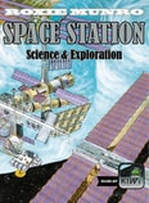 Roxie has published a series of nine cool desktop fold-out KIWiStorybooks Jr., complete with a stand-up "play" figure and a free interactive app, loaded with great content, games, and activities, based upon the giant KIWi walk-in picture books. Roxie Munro is a member of Authors on Call. You can learn more about her programs here. MLA 8 Citation Munro, Roxie. "Animals in Space." Nonfiction Minute, iNK Think Tank, 3 Oct. 2017, www.nonfictionminute.org/the-nonfiction-minute/animals-in-space. Do you ever feel spaced-out before you take a test? Yes or no, let’s go! 1. TRUE or FALSE? It’s possible for a spacecraft to fly from Earth to Venus, to Mars, back to Earth, then to Saturn, out to Pluto, back to Jupiter, and come home to Earth on one tank of fuel. 2. It’s possible for a spacecraft to fly all over the solar system on one tank of fuel because of: a. the sling-shot effect b. gravity assist c. swing-by d. all of the above e. none of the above The sling-shot effect, also known as a swing-by or gravity assist, is used to accelerate a spacecraft. Acceleration means to change the speed and/or the direction of a moving body. A spacecraft that is speeding up, slowing down, or following a curved path is accelerating. Gravity accelerates objects everywhere in the Universe. When you ride your bike up a hill it takes a lot of effort to make it to the top because the Earth is massive compared to you, and gravity pulls you toward its center. When you coast down the other side, gravity is your friend! Spacecraft can use the gravity of a planet to accelerate. Picture a spacecraft falling toward a planet. The spacecraft will crash unless it steers away. 3. As a spacecraft accelerates toward a planet, the motion of the planet is also affected by the gravity exerted by: a. the spacecraft b. the Sun c. cosmic rays d. both (a) and (b) e. both (b) and (c) f. all of the above g. none of the above All bodies in space, no matter how big or small, exert gravity on each other. Planets stay in orbit around the sun because of gravity. A planet is also affected by the tiny mass of a spacecraft. Gravity assist was used to increase the speed of Voyager 1 by 36,000 mph on its swing by Jupiter, which sling shot it to Saturn. And Jupiter slowed down infinitesimally, at a rate of 12 inches per one trillion years. 4. The person who discovered the math for using gravity assist to accelerate a spacecraft from planet to planet to planet…was: a. Aristotle (384 B.C. to 322 B.C) b. Galileo (1564-1642) c. Sir Isaac Newton (1643-1727) d. Katherine Johnson (1918- ) e. Michael Minovitch (1936- ) END OF TEST! DON’T STOP WORKING. START TALKING. ASK QUESTIONS. GO TO THE LIBRARY TO FIND THE ANSWERS. In this drawing a spacecraft gets an assist from Jupiter as it "slingshots" toward Saturn. Image courtesy of NASA/JPL Voyager 1 and Voyager 2 used gravity assist to fly by the outer planets. Image courtesy of NASA The twin Voyagers have no people on board on their interstellar journey, but carry The Golden Record, which contains messages, music, and pictures from Earth. Image courtesy of NASA/Alexandra Siy In case you didn't make it to the library: In 1961, UCLA graduate student Michael Minovitch used math and the new IBM 7090-7094 computers to invent gravity assist trajectories for space flight. Used with permission of Michael Minovitch 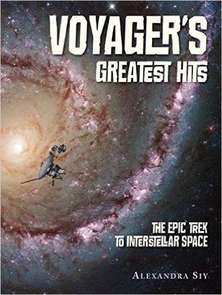 Alexandra Siy's Voyager's Greatest Hits tells the story of the twin space probes that traveled to Jupiter, Saturn, Uranus, and Neptune, a journey beyond our solar system into interstellar space, where no probe has ventured before. Siy tells the fascinating story of how the Voyager probes work, where the probes have been and what they’ve seen, and what they carry on board. Alexandra Siy is also a member of Authors on Call. You can bring her to your classroom via interactive videoconferencing and learn more from her and ask her questions. To find out more go here. MLA 8 Citation
Siy, Alexandra. "Spaced Out." Nonfiction Minute, iNK Think Tank, 2 May 2018, www.nonfictionminute.org/the-nonfiction-minute/Spaced-Out. 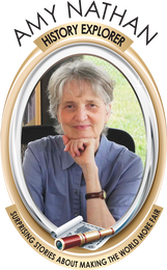 When musicians play a lively tune, they often find themselves spontaneously tapping their toes and moving about to the pulsing beat. But when Ellen Ochoa played her flute at work one day in 1993, she couldn’t be spontaneous at all. If she hadn’t made careful plans, she could have been blown about the room, just by playing one long note on her flute. That’s because she was an astronaut working on the U.S. Space Shuttle as it circled Earth more than a hundred miles out in space. Gravity is so weak far out in space that astronauts—and any of their gear that isn’t fastened down—will float about inside a space craft. Blowing air into her flute could have created enough force to actually send Ochoa zipping about the space shuttle cabin. So, to keep herself in place as she played, she had to slip her feet into strong loops attached to the floor. Dr. Ochoa, now the director of NASA’s Johnson Space Center, was the first U.S. astronaut to bring a flute on a space mission, but she wasn’t the first to make music in space. Nearly thirty years earlier, in December 1965, two astronauts onboard the Gemini 6 space craft played a musical joke on mission control officials down on Earth. Those astronauts—Walter M. Schirra, Jr., and Thomas P. Stafford—told mission control that they saw an unusual object near their spaceship, a satellite perhaps, moving from North to South. They said they would try to pick up some sound from this mysterious object. Then they used the harmonica and bells they had secretly brought with them on that December mission to surprise folks listening down below by playing “Jingle Bells.” In recent years, other astronauts have brought musical instruments on space missions to help lift their spirits, especially those who spend many months on the International Space Station. Like Dr. Ochoa, these astronaut musicians have to make adjustments, such as using a bungee cord to attach an electronic piano keyboard to a pianist’s leg. Some astronauts have composed music in space, including Canadian Chris Hadfield. On May 6, 2013, he sang the song he wrote—called “I.S.S. (Is Somebody Singing)”—in a live TV broadcast from the space station as thousands of Canadian schoolchildren sang along with him down on Earth. Click here for a recording of that space-to-Earth performance 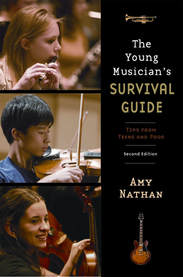 Learning to play an instrument can be fun and, at times, frustrating. Amy Nathan's lively book helps young people cope with the difficulties involved in learning a new instrument and remaining dedicated to playing and practicing. Teens from renowned music programs - including the Juilliard School's Pre-College Program and Boston University's Tanglewood Institute - join pro musicians in offering practical answers to questions from what instrument to play to where the musical road may lead. For more information, click here. MLA 8 Citation
Nathan, Amy. "Music That's Out of This World." Nonfiction Minute, iNK Think Tank, 11 May 2018, www.nonfictionminute.org/the-nonfiction-minute/ Music-Thats-Out-of-This-World. 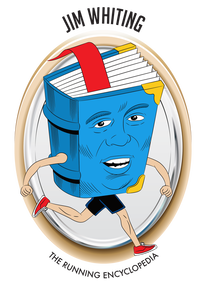 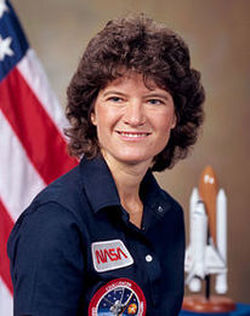 n 1983, shortly before she became America’s first female astronaut to participate in a mission, Sally Ride faced a press conference. Reporters raised questions they would never have asked a man. “Will the flight affect your reproductive organs?” one inquired. “Do you weep when things go wrong on the job?” queried another. A third wondered, “Will you wear makeup and a bra in space?” Tonight Show host Johnny Carson joked that the flight was delayed because Sally had to find a purse that matched her shoes. It wasn’t just U.S. media. The Soviet Union had already sent two women into space. When one of them arrived at the space station, a male cosmonaut (the Soviet term for astronauts) said, “An apron is waiting for you in the kitchen.” By this point, Sally had mastered parachute jumping, water survival, coping with weightlessness and the massive G-forces from a rocket launch, and other highly demanding skills. She flew jet planes. She had a Ph.D. degree in physics from Stanford, one of the nation’s top universities. She helped develop a robotic arm for use on the space shuttle. She was a nationally ranked tennis player who decided not to turn pro because she preferred science. The general public seemed more accepting. On launch day at Florida’s Cape Canaveral, thousands of people wore “Ride, Sally, Ride!” T-shirts, from the lyrics of the pop song “Mustang Sally.” The mission went flawlessly, and Sally flew again the following year. She was scheduled for a third flight in 1986, but it was scrubbed when the Challenger space shuttle blew up. Sally left the space program soon afterward. She was passionate about encouraging young people—especially girls—to become involved in STEM (Science, Technology, Engineering, Math). Here are some of the things she did toward that achieving that goal.
Sadly, Sally Ride died of cancer in 2012 at the age of 61. Shortly afterward, President Barack Obama awarded her the Presidential Medal of Freedom. It is the nation’s highest civilian honor. |
*NEWS
|
For Vicki Cobb's BLOG (nonfiction book reviews, info on education, more), click here: Vicki's Blog
The NCSS-CBC Notable Social Studies Committee is pleased to inform you
that 30 People Who Changed the World has been selected for Notable Social Studies Trade Books for Young People 2018, a cooperative project of the National Council for the Social Studies (NCSS) & the Children’s Book Council
Categories
All
Abolitionists
Adams Janus
Adaptation
Adaptations
Adkins Jan
Advertising
Aerodynamics
Africa
African American History
African Americans
Africa West
Agriculture
Aircraft
Air Pilots
Air Pressure
Air Travel
Albee Sarah
Alchemy
Alligators
Allusion
American History
American Icons
Amphibians
Amundsen Roald
Anatomy
Ancient
Ancient Cultures
Anderson Marian 1897-1993
Animal Behavior
Animal Experimentation
Animal Intelligence
Animals
Animation
Antarctica
Ants
Apache Indians
Apes
April Fool's Day
Architecture
Argument
Arithmetic
Art
Art Deco
Artists
Arts
Asia
Astronauts
Astronomy
Athletes
Atomic Theory
Audubon Societies
Authors
Autobiography
Automobiles
Aviation
Awards
Bacteria
Baseball
Battuta Ibn
Bears
Beatles
Beavers
Bees
Biodegradation
Biography
Biology
Biomes
Biomimicry
Biplanes
Birds
Black Death
Black History
Blindness
Blizzards
Bombs
Bonaparte Napoleon
Boone Daniel
Botany
Brazil
Bridges
Brill Marlene Targ
Brooklyn Bridge
Brown John
Buffaloes
Building Materials
Butterflies
Caesar
Caesar Julius
Caissons
Calculus
Calendars
Cannibal
Capitals
Caravaggio
Carbon Dioxide
Carnivores
Carson Mary Kay
Cartoons & Comics
Carving (Decorative Arts)
Cascade Range
Castaldo Nancy
Castles
Castrovilla Selene
Cathedrals
Cats
Caves
Celts
Cemeteries
Chemistry
Children's Authors
Child Welfare
China
Choctaw Indians
Christmas
Chronometers
Cicadas
Cinco De Mayo
Ciphers
Circle
Citizenship
Civil Rights
Civil Rights Movements
Civil War
Civil War - US
Climate
Climate Change
Clocks And Watches
Clouds
Cobb Vicki
COBOL (Computer Language)
Code And Cipher Stories
Collard III Sneed B.
Collectors And Collecting
Color
Commerce
Communication
Competition
Compilers
Composers
Computers
Congressional Gold Medal
Consitution
Contests
Contraltos
Coolidge Calvin
Cooling
Corms
Corn
Counterfeiters
Covid-19
Crocodiles
Cryptography
Culture
Darwin Charles
Declaration Of Independence
Decomposition
Decompression Sickness
Deep-sea Animals
Deer
De Medici Catherine
Design
Detectives
Dickens Charles
Disasters
Discrimination
Diseases
Disney Walt
DNA
Dogs
Dollar
Dolphins
Douglass Frederick 1818-1895
Droughts
Dr. Suess
Dunphy Madeleine
Ear
Earth
Earthquakes
Ecology
Economics
Ecosystem
Edison Thomas A
Education
Egypt
Eiffel-gustave-18321923
Eiffel-tower
Einstein-albert
Elephants
Elk
Emancipationproclamation
Endangered Species
Endangered-species
Energy
Engineering
England
Englishlanguage-arts
Entomology
Environmental-protection
Environmental-science
Equinox
Erie-canal
Etymology
Europe
European-history
Evolution
Experiments
Explorers
Explosions
Exports
Extinction
Extinction-biology
Eye
Fairs
Fawkes-guy
Federalgovernment
Film
Fires
Fishes
Flight
Floods
Flowers
Flute
Food
Food-chains
Foodpreservation
Foodsupply
Food-supply
Football
Forceandenergy
Force-and-energy
Forensicscienceandmedicine
Forensic Science And Medicine
Fossils
Foundlings
France
Francoprussian-war
Freedom
Freedomofspeech
French-revolution
Friction
Frogs
Frontier
Frontier-and-pioneer-life
Frozenfoods
Fugitiveslaves
Fultonrobert
Galapagos-islands
Galleys
Gametheory
Gaudi-antoni-18521926
Gender
Generals
Genes
Genetics
Geography
Geology
Geometry
Geysers
Ghosts
Giraffe
Glaciers
Glaucoma
Gliders-aeronautics
Global-warming
Gods-goddesses
Gold-mines-and-mining
Government
Grant-ulysses-s
Grasshoppers
Gravity
Great-britain
Great-depression
Greece
Greek-letters
Greenberg Jan
Hair
Halloween
Handel-george-frederic
Harness Cheryl
Harrison-john-16931776
Health-wellness
Hearing
Hearing-aids
Hearst-william-randolph
Henry-iv-king-of-england
Herbivores
Hip Hop
History
History-19th-century
History-france
History-world
Hitler-adolph
Hoaxes
Holidays
Hollihan Kerrie Logan
Homestead-law
Hopper-grace
Horses
Hot Air Balloons
Hot-air-balloons
Housing
Huguenots
Human Body
Hurricanes
Ice
Icebergs
Illustration
Imagery
Imhotep
Imperialism
Indian-code-talkers
Indonesia
Industrialization
Industrial-revolution
Inquisition
Insects
Insulation
Intelligence
Interstatecommerce
Interviewing
Inventions
Inventors
Irrational-numbers
Irrigation
Islands
Jacksonandrew
Jazz
Jeffersonthomas
Jefferson-thomas
Jemisonmae
Jenkins-steve
Jet-stream
Johnsonlyndonb
Jokes
Journalism
Keeling-charles-d
Kennedyjohnf
Kenya
Kidnapping
Kingmartinlutherjr19291968
Kingmartinlutherjr19291968d6528702d6
Kings-and-rulers
Kings Queens
Kings-queens
Koala
Labor
Labor Policy
Lafayette Marie Joseph Paul Yves Roch Gilbert Du Motier Marquis De 17571834
Landscapes
Languages-and-culture
Law-enforcement
Layfayette
Levers
Levinson Cynthia
Lewis And Clark Expedition (1804-1806)
Lewis Edmonia
Liberty
Lift (Aerodynamics)
Light
Lindbergh Charles
Liszt Franz
Literary Devices
Literature
Lizards
Longitude
Louis XIV King Of France
Lumber
Lunar Calendar
Lynching
Macaws
Madison-dolley
Madison-james
Madison-james
Mammals
Maneta-norman
Maneta-norman
Marathon-greece
Marine-biology
Marine-biology
Marines
Marsupials
Martial-arts
Marx-trish
Mass
Massachusetts-maritime-academy
Mass-media
Mastodons
Mathematics
May-day
Mcclafferty-carla-killough
Mcclafferty-carla-killough
Mckinley-william
Measurement
Mechanics
Media-literacy
Media-literacy
Medicine
Memoir
Memorial-day
Metaphor
Meteorology
Mexico
Mickey-mouse
Microscopy
Middle-west
Migration
Military
Miners
Mississippi
Molasses
Monarchy
Monsters
Montgomery
Montgomery-bus-boycott-19551956
Montgomery-heather-l
Monuments
Moon
Moran-thomas
Morsecode
Morsesamuel
Moss-marissa
Moss-marissa
Motion
Motion-pictures
Mummies
Munro-roxie
Munro-roxie
Musclestrength
Museums
Music
Muslims
Mythologygreek
Nanofibers
Nanotechnology
Nathan-amy
Nathan-amy
Nationalfootballleague
Nationalparksandreserves
Nativeamericans
Native-americans
Native-americans
Naturalhistory
Naturalists
Nature
Nauticalcharts
Nauticalinstruments
Navajoindians
Navigation
Navy
Ncaafootball
Nervoussystem
Newdeal19331939
Newman-aline
Newman-aline
Newton-isaac
New-york-city
Nobelprizewinners
Nomads
Nonfictionnarrative
Nutrition
Nylon
Nymphs-insects
Oaths Of Office
Occupations
Ocean
Ocean-liners
Olympics
Omnivores
Optics
Origami
Origin
Orphans
Ottomanempire
Painters
Painting
Paleontology
Pandemic
Paper-airplanes
Parksrosa19132005
Parrots
Passiveresistance
Patent Dorothy Hinshaw
Peerreview
Penguins
Persistence
Personalnarrative
Personification
Pets
Photography
Physics
Pi
Pigeons
Pilots
Pinkertonallan
Pirates
Plague
Plains
Plainsindians
Planets
Plantbreeding
Plants
Plastics
Poaching
Poetry
Poisons
Poland
Police
Political-parties
Pollen
Pollution
Polo-marco
Populism
Portraits
Predation
Predators
Presidentialmedaloffreedom
Presidents
Prey
Prey-predators
Prey-predators
Prime-meridian
Pringle Laurence
Prohibition
Proteins
Protestandsocialmovements
Protestants
Protestsongs
Punishment
Pyramids
Questioning
Radio
Railroad
Rainforests
Rappaport-doreen
Ratio
Reading
Realism
Recipes
Recycling
Refrigerators
Reich-susanna
Religion
Renaissance
Reproduction
Reptiles
Reservoirs
Rheumatoidarthritis
Rhythm-and-blues-music
Rice
Rivers
Roaringtwenties
Roosevelteleanor
Rooseveltfranklind
Roosevelt-franklin-d
Roosevelt-theodore
Running
Russia
Safety
Sanitation
Schwartz David M
Science
Scientificmethod
Scientists
Scottrobert
Sculpture
Sculpturegardens
Sea-level
Seals
Seals-animals
Secretariesofstate
Secretservice
Seeds
Segregation
Segregationineducation
Sensessensation
September11terroristattacks2001
Seuss
Sextant
Shackletonernest
Shawneeindians
Ships
Shortstories
Silkworms
Simple-machines
Singers
Siy Alexandra
Slavery
Smuggling
Snakes
Socialchange
Social-change
Socialjustice
Social-justice
Socialstudies
Social-studies
Social-studies
Sodhouses
Solarsystem
Sound
Southeast-asia
Soybean
Space Travelers
Spain
Speech
Speed
Spiders
Spies
Spiritualssongs
Sports
Sports-history
Sports-science
Spring
Squirrels
Statue-of-liberty
STEM
Storms
Strategy
Sugar
Sumatra
Summer
Superbowl
Surgery
Survival
Swanson-jennifer
Swinburne Stephen R.
Synthetic-drugs
Taiwan
Tardigrada
Tasmania
Tasmanian Devil
Tasmanian-devil
Technology
Tecumsehshawneechief
Telegraph-wireless
Temperature
Tennis
Terrorism
Thomas Peggy
Thompson Laurie Ann
Time
Titanic
Tombs
Tortoises
Towle Sarah
Transcontinental-flights
Transportation
Travel
Trees
Trung Sisters Rebellion
Tundra
Turnips
Turtles
Typhoons
Underground Railroad
Us-environmental-protection-agency
Us History
Us-history
Ushistoryrevolution
Us History Revolution
Us-history-war-of-1812
Us Presidents
Ussupremecourtlandmarkcases
Vacations
Vaccines
Vangoghvincent
Vegetables
Venom
Vietnam
Viruses
Visual-literacy
Volcanoes
Voting-rghts
War
Warne-kate
Warren Andrea
Washington-dc
Washington George
Water
Water-currents
Wax-figures
Weapons
Weather
Weatherford Carole Boston
Whiting Jim
Wildfires
Winds
Windsor-castle
Wolves
Woman In History
Women
Women Airforce Service Pilots
Women-airforce-service-pilots
Womeninhistory
Women In History
Women-in-science
Women's History
Womens-roles-through-history
Wonder
Woodson-carter-godwin-18751950
World-war-i
World War Ii
World-war-ii
Wright Brothers
Writing
Writing-skills
Wwi
Xrays
Yellowstone-national-park
Zaunders Bo
ArchivesMarch 2021
February 2021
January 2021
December 2020
November 2020
October 2020
September 2020
June 2020
May 2020
April 2020
March 2020
February 2020
January 2020
December 2019
October 2019
September 2019
August 2019
July 2019
May 2019
April 2019
March 2019
February 2019
January 2019
December 2018
November 2018
September 2018
June 2018
May 2018
April 2018
March 2018
February 2018
January 2018
December 2017
November 2017
October 2017
September 2017
March 2017
The NONFICTION MINUTE, Authors on Call, and. the iNK Books & Media Store are divisions of iNK THINK TANK INC.
a 501 (c) (3) nonprofit corporation. To return to the iNK Think Tank landing page click the icon or the link below. :
http://inkthinktank.org/
For more information or support, contact thoughts@inkthinktank.org
For Privacy Policy, go to
Privacy Policy
© COPYRIGHT the Nonfiction Minute 2020.
ALL RIGHTS RESERVED.
This site uses cookies to personalize your experience, analyze site usage, and offer tailored promotions. www.youronlinechoices.eu
Remind me later
Archives
March 2023
February 2023
January 2023
December 2022
November 2022
October 2022
September 2022
June 2022
May 2022
April 2022
March 2022
February 2022
January 2022
December 2021
November 2021
September 2021
April 2021
March 2021
February 2021
November 2020
October 2020
September 2020
June 2020
May 2020
April 2020
March 2020
February 2020
January 2020
October 2019
August 2019
July 2019
May 2019
April 2019
December 2018
September 2018
June 2018
May 2018
March 2018
February 2018
January 2018
December 2017
November 2017
October 2017
September 2017


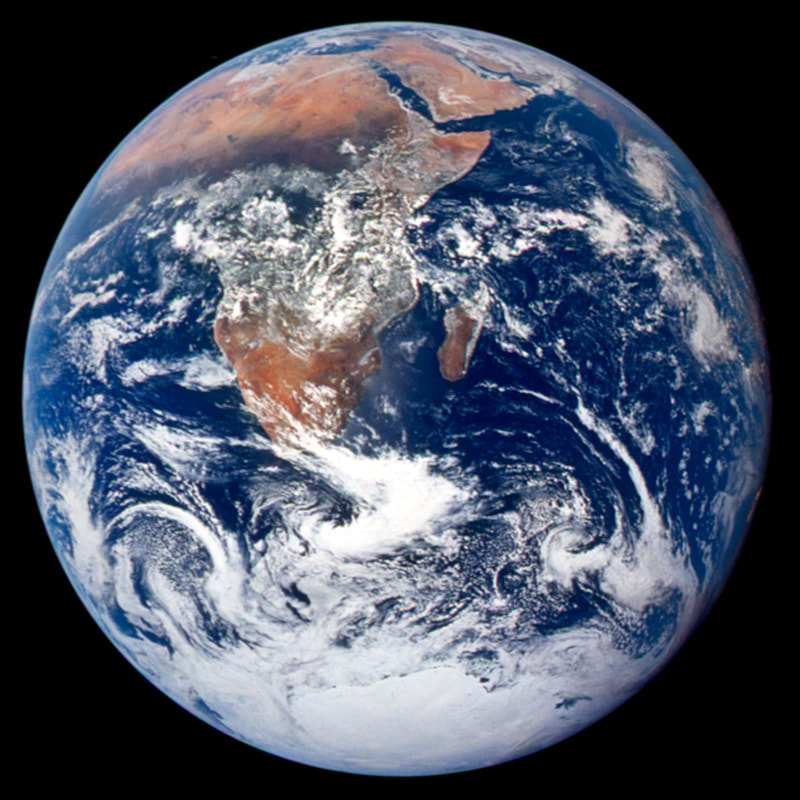


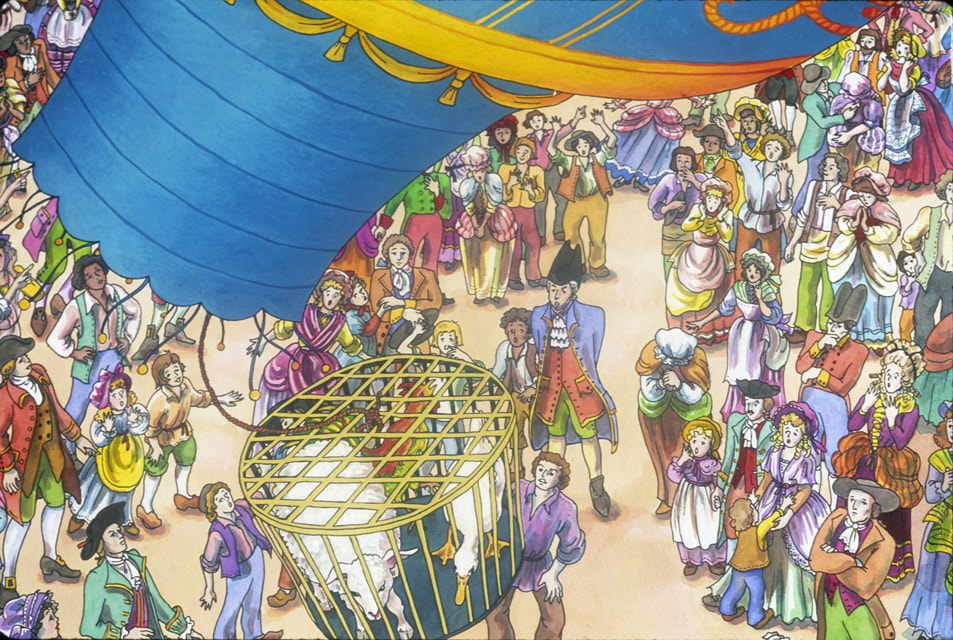



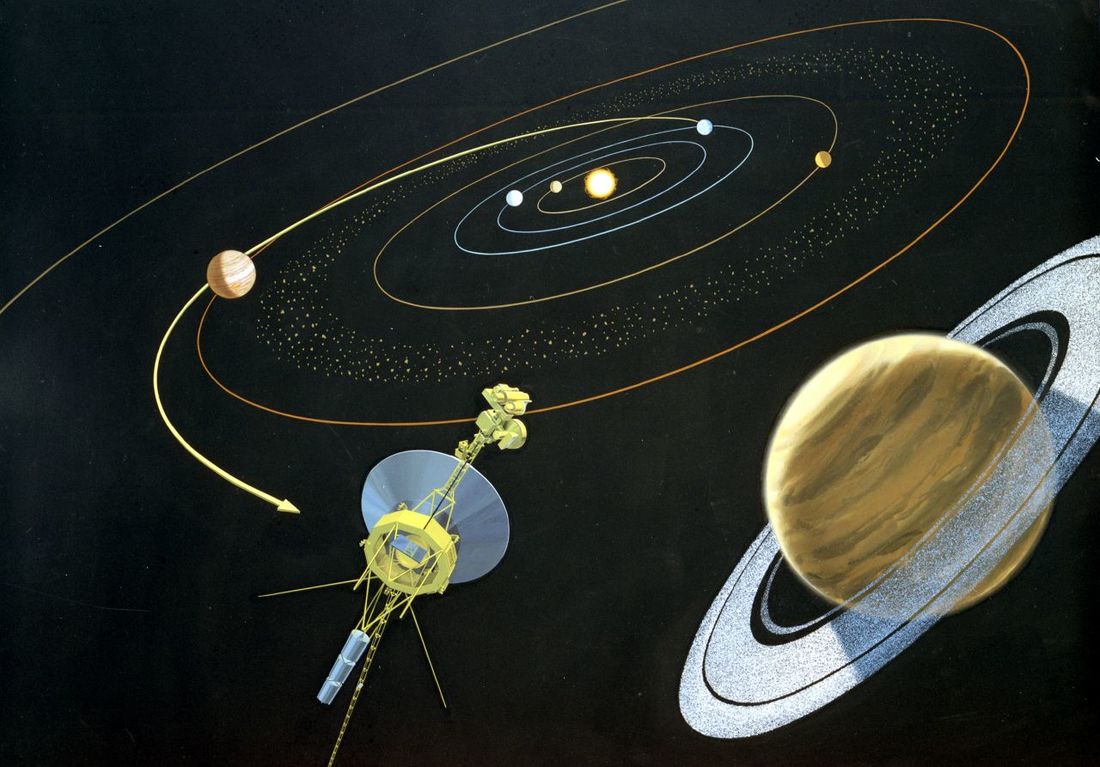
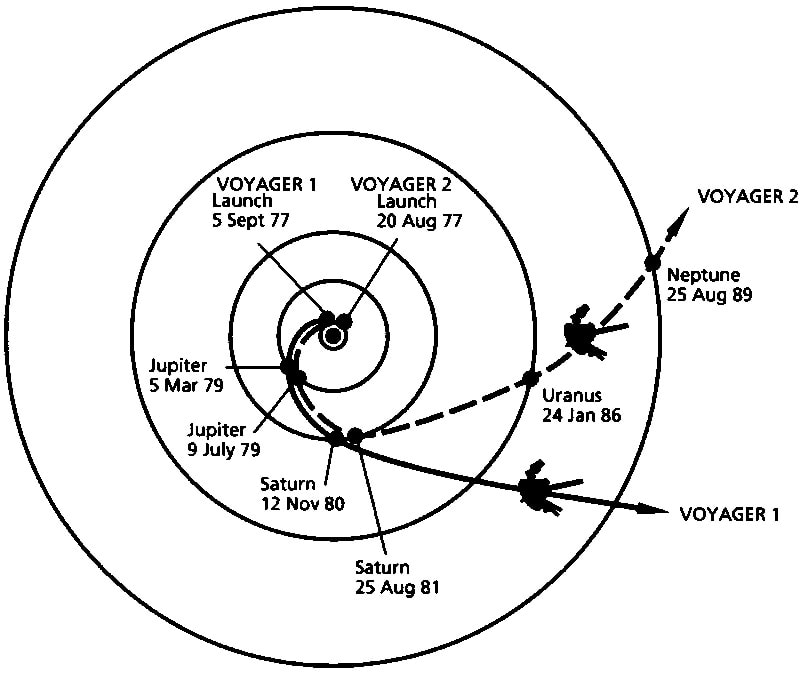
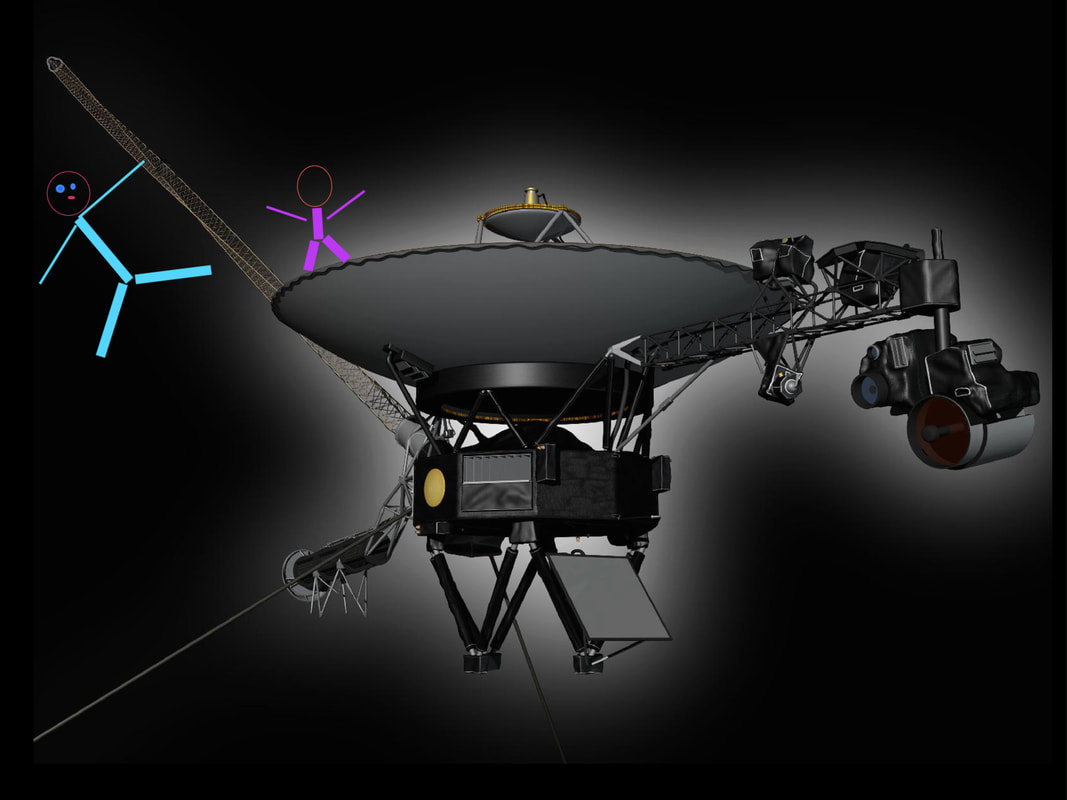
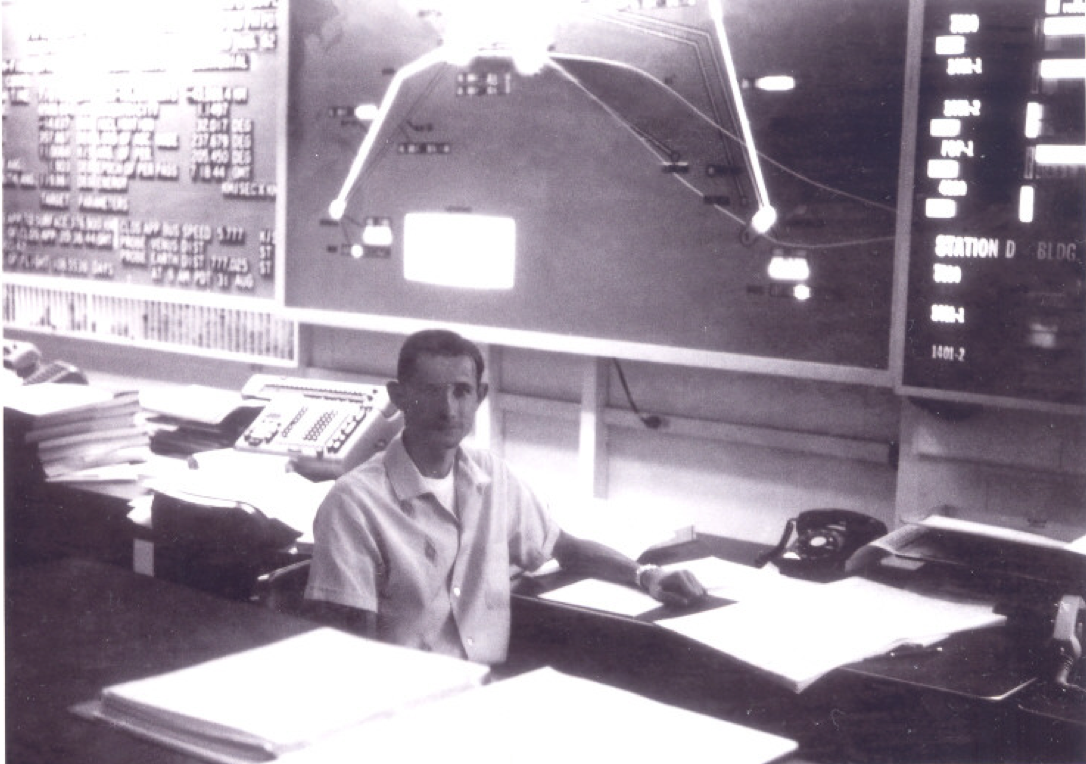


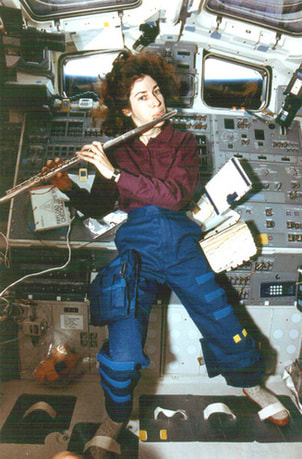
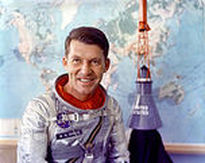
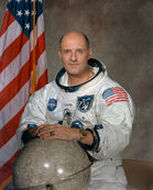
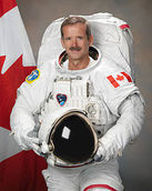


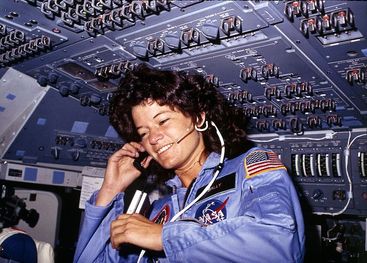
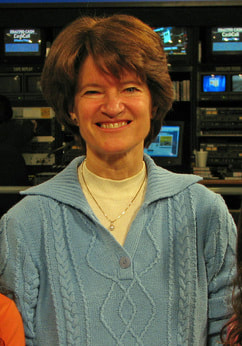
 RSS Feed
RSS Feed
